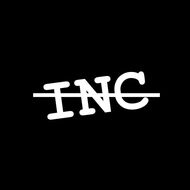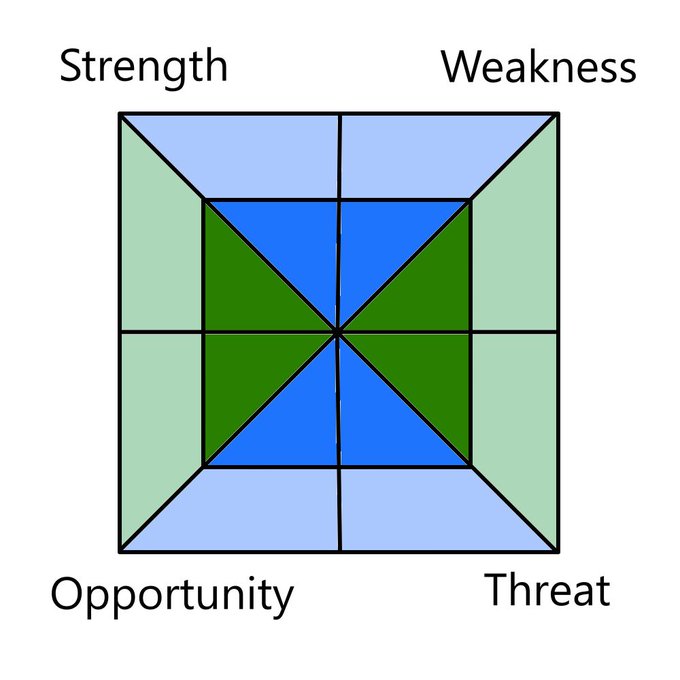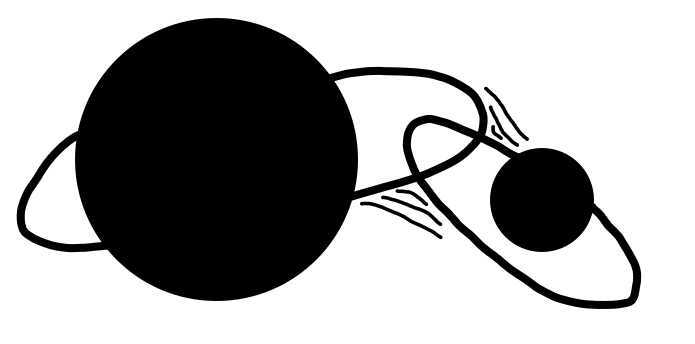As societies and technologies become more complex, zero-sum approaches, where one group's gain is another's loss, fail to sustain progress.
Sustainable systems thrive by prioritizing adaptability over rigid control. In resource-scarce settings, centralized control may deliver short-term results but will struggle as complexity increases.
External innovations and shifts eventually expose the limits of rigid systems, which cannot keep pace with diversifying needs. Similarly, rigid ideologies falter when applied to a dynamic world.
Reality's complexity exceeds any single system's control. To thrive, social and technological systems must embrace localized, adaptable structures that respond to their immediate environment, much like nature.
For example, in chemistry, atoms form bonds that balance stability with flexibility, creating dynamic molecular structures. If these bonds were rigid, they would collapse under environmental changes.
Similarly, systems that adapt to their surrounds, rather than enforcing rigid control, sustain progress in a complex world.
How can individuals or small groups apply adaptability at a larger scale? Three lenses, multi-modal, fractal, and sustainability, offer a combined approach to coordinate with others and adapt to broader changes effectively.
Multi-Modal
To thrive in a complex world, view yourself and your group(s) as one of many interconnected nodes, prioritizing local needs while collaborating with others.
A multi-modal approach avoids rigid, centralized control and instead balances unique local needs with strategic cooperation.
For example, in geopolitics, a single global governance model fails because what benefits one region (e.g. heaters for Antarctic scientists) is irrelevant elsewhere (e.g. Sahara residents).
With a multi-modal approach, local nodes are empowered to make their own decisions for self advancement and sharing innovations. As Antarctic scientists may make discoveries about frozen deserts that are helpful to residents in the Sahara desert, mutual value and improved bonds can be fostered through collaboration after individual advancement.
Fractal
No individual or group can monitor everything.
A fractal approach maximizes attention by focusing on core priorities while staying alert to relevant external changes, much like the structure of a tree. A tree's trunk supports its core, while branches and leaves capture energy from the environment.

Similarly, individuals or groups can prioritize their primary goals (the trunk) while maintaining peripheral awareness (branches and leaves) to detect opportunities or threats both known and in interstitial space, the gaps between focus areas.
This approach ensures nodes thrive by focusing on what makes them unique while staying connected to broader systems.
Sustainability
Priorities and attention must evolve as needs and environments change.
Like a tree adapting through seasons, shedding leaves or growing new branches, sustainable systems adjust to balance internal needs with external threats and opportunities.
By monitoring interstitial spaces, nodes can reallocate resources effectively, ensuring long-term growth. For example, a business might scale back one product line to invest in a new innovation, sharing resources with other nodes for mutual benefit.
As a multi-mode approach helps to better establish the self and relations to others, fractal prioritization helps to channel the node's limited resources in a larger environment. Keeping an eye for sustainability adds a temporal context for where to align focus and effort.
Don't just build something for growth alone. Hone potential growth in a way that improves your position to interact with others and respond to change.
Beyond Part 1
Interstitialogy studies how to balance and engage with the space between focus areas. As quo pro quo defines a stance for disruptors to make significant connection with established groups, multi-modal fractal sustainability improves the adaptability of established groups to capitalize on disruptors.
With these basics understood, it is possible to identify which of the field's tools will be needed and when. Usage will also be customizable for maximum effective use.
Incless, Ink will continue independent research for Interstitialogy with the following primary source content development:
Tools - specific applied logic that either expands existing practices to an interstitial range (such as adapting SWOT -> PINE) or adapts and focuses practical signal out of alien noise
'What If' Explorations - re-imagining existing social and business structures from the very beginning to broaden reader perspective and discussion on persistent problems for realizable solution development
Case Studies - analyzing where significant outliers found established group acceptance and success (e.g. experimental apprenticeship programs), or where new dynamic value was only possible due to the interaction of multiple groups (e.g. Telsa autonomous driving development <-> Space X re-usable rocket launch capacity)
Broadening discussion to improve stability and scalability in the challenging times ahead is the primary mission of Incless, Ink. 'First' articles of any type will always be free, with additional exclusive content coming soon to subscribers (all platforms linked on https://inclessink.com/).
The more support received, the more we can expand our independent research beyond social media. To start, we are focusing on fields that already touch on all others: education, training, recruiting, technology, and entertainment.

















